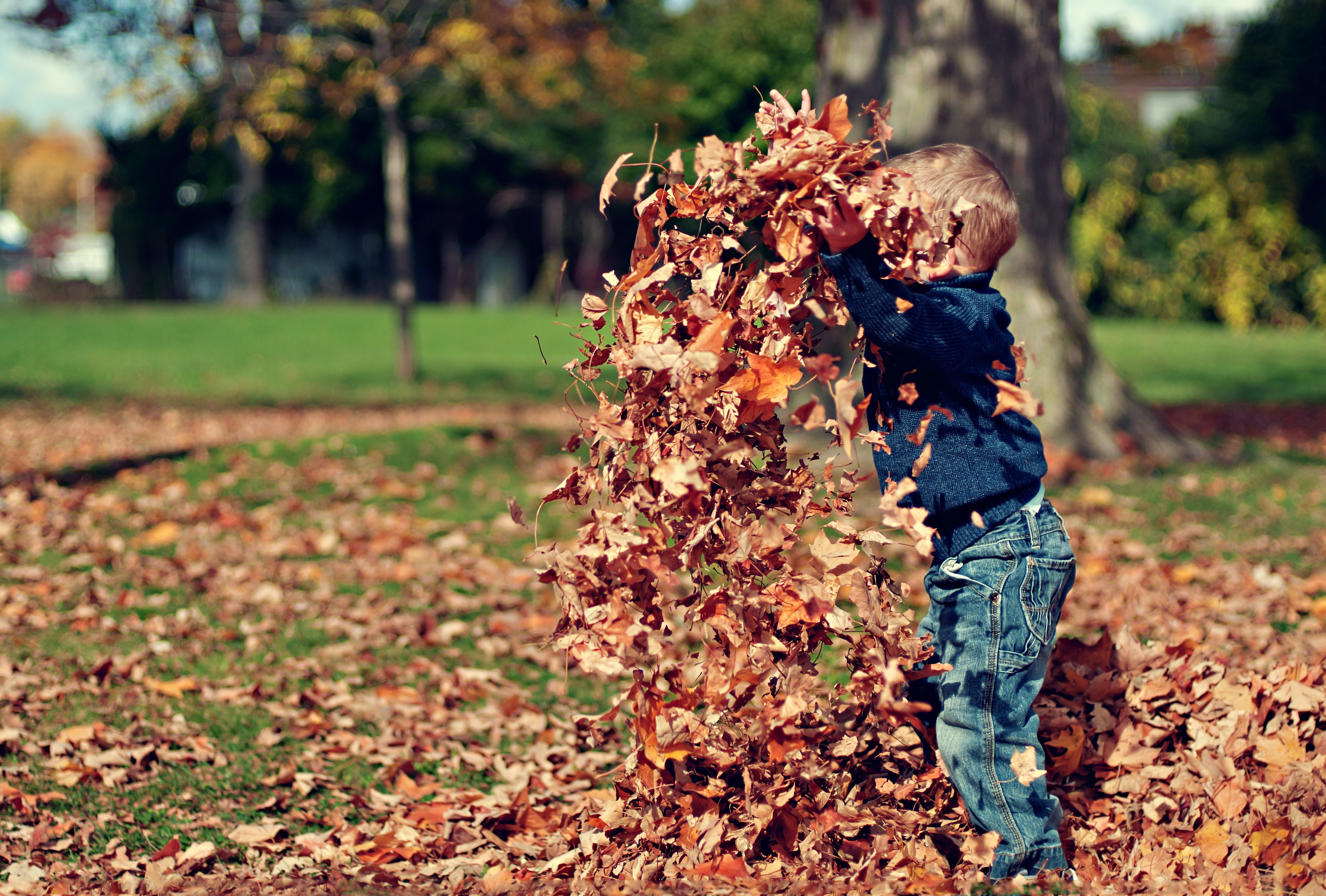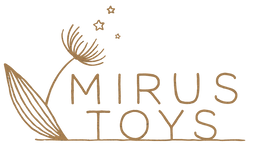Studying the Autumnal Equinox in a Montessori Primary Classroom

The official change of the seasons and the day when the sun shines directly over the equator, making day and night almost exactly the same length all over the Earth, the autumnal equinox takes place on September 22nd in the Northern Hemisphere. For many students who are returning to the classroom after the conclusion of their summer vacation, this holiday offers the perfect opportunity to celebrate the beginning of fall and study solar and lunar cycles.
What is the autumnal equinox?
The word equinox comes from the Latin words aequi meaning equal and nox/noct meaning night, fitting for a word that describes the times of the year when day and night are equal in length. The autumnal equinox marks the first day of fall, or autumn and occurs when the sun crosses the equator going south. After the autumnal equinox, days become shorter and nights become longer.
Spiritually, equinoxes are a time of celebration in many cultures. Since the autumnal equinox takes place when crops are ready to be harvested, people often observe this holiday by feasting and celebrating the harvest. Common themes reflected during observances of the autumnal equinox include:
- Balance representing the roughly equal daytime and nighttime hours
- Abundance and gratitude representing the harvesting of crops
- Building and celebrating community through the sharing of food
- Preparations for winter in practical, emotional, and spiritual ways
Montessori Classroom Activities
- Demonstrate the autumnal equinox using a globe and a flashlight. Show how the sun passes over the equator.
- Play the “How Tall is My Shadow?” game, measuring from the child’s toe to their shadow top and comparing the size to that on the solstice.
- Go on a nature walk, collecting and identifying autumn leaves using a field guide. You can even create leaf people or do leaf rubbings with the leaves you’ve gathered!
- Have a classroom feast where students help prepare local foods together and enjoy the fruit of their labor.
- Make applesauce.
- Make apple cider.
- Go on a nature walk and observe signs of fall, searching for acorns, pinecones, and more.
- Have a class meeting inviting students to discuss what they’re thankful for, what they’re happy to leave behind, or what they want to change during this time of gratitude and shifting balance.
- At circle time, perform an autumn equinox crystal ritual. Desert Jasper and Smoky Quartz are great for fall.
- Try canning or pickling, mimicking how animals like squirrels store food for the cold months ahead.
- Carve a squash or a pumpkin.
- Examine fall fruits like pumpkins, apples, and pomegranate seeds. Explore what they look like and feel like. You can even plant some seeds you find!
Montessori Classroom Materials
- Seasons wheel
- Perpetual calendar with seasons
- Moon phases, full moon, wiccan wheel of the year
- Wheel of the year
- Celebration sun
- Seasons three-part cards (included with our seasons wheel listed above)
Books
Resources
- National Geographic - Equinox
- National Geographic - Autumnal Equinox and Other Sky Events: What You Need to Know
- National Geographic Kids - 5 Reasons Why Fall is Fantastic
- Scholastic - Kids Will Fall for These Fun, Interactive Autumn Science Lessons
- Britannica Kids - Equinox
- The Global Montessori Network - Seasons, Solstices, and Equinoxes
About the Author
Heather White, EdS, is a Montessori parent coach, a Montessori in-home teacher and nanny, a Montessori educational consultant for the Andrew’s Educational Institute, a Montessori educator for adult learners, and a manager & content creator for Guide & Grow. Formerly, she was a Montessori teacher, Lower Elementary coordinator, and associate head of school. She also has experience as a School Psychologist intern. She is AMS credentialed (Early Childhood, Elementary I) and is a Nationally Certified School Psychologist. Contact her at hpratt@stetson.edu.
